There is definitely a debate to be had about “problematic” works of art, but Jimmy Carr Destroys Art added nothing to the conversation.
Instead, it felt more like an attempt by Channel 4 to garner some headlines over the fact it bought a watercolour by Adolf Hitler.
The concept of the show was flimsy at best – and got flimsier with every passing minute.
The studio audience was presented with two controversial pieces of art and then got the chance to decide which one should be destroyed.
Those in the firing line included the Nazi dictator’s painting – no surprise that it bit the bullet.”
Those in the firing line included the Nazi dictator’s painting – no surprise that it bit the bullet – as well as work from disgraced presenter Rolf Harris, sculptor and child abuser Eric Gill and even Pablo Picasso.
The fundamental problem with the programme was that after hearing some very reasonable arguments about whether people should be able to separate the art from the artist, the audience wasn’t permitted to pardon both.
That meant any nuance in the art versus artist debate went out the window. One had to go for the sole purpose of living up to the title of the show.
I could help thinking that everyone involved just wanted to skip straight to the bit where a painting was destroyed by a hammer, chainsaw, flamethrower or paintball gun, regardless of the strength of the argument to save it (or both).
It’s a damning indictment of modern TV audiences that in order to have a debate they need a gimmick.”
It’s a pretty damning indictment of modern TV audiences that in order to have a debate about this subject they need a headline-grabbing gimmick.
This year is the 40th anniversary of Channel 4 and I can’t imagine this is the type of “debate” they’d have had back in the 1980s.
Is that the channel’s fault or are they just catering to viewers who don’t have the attention span to give these matters serious thought?
You might also like…
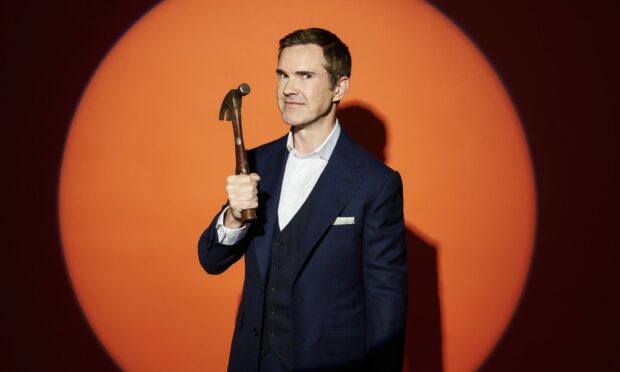
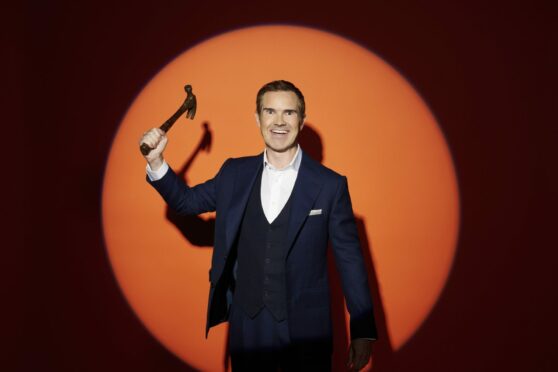
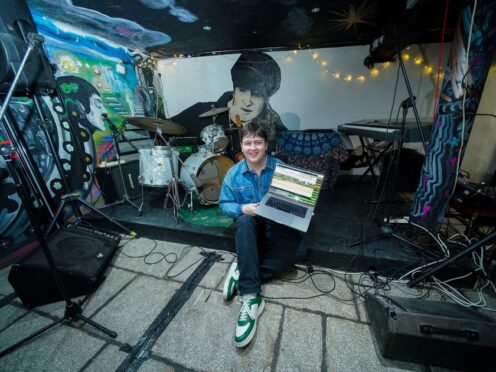





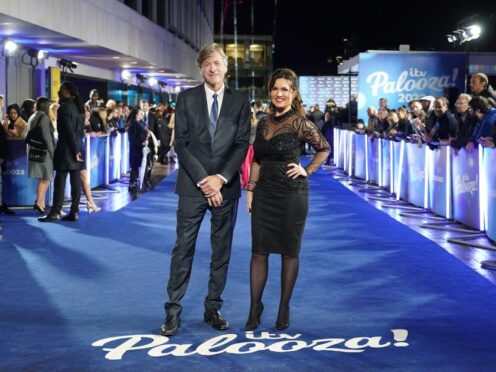

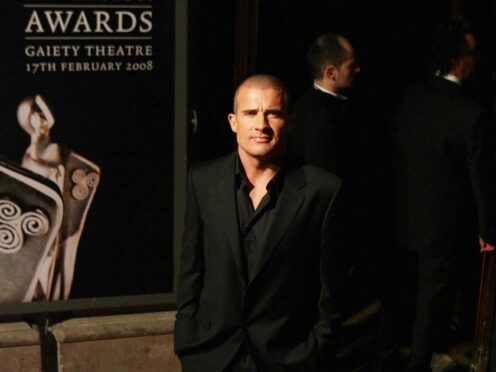

Conversation